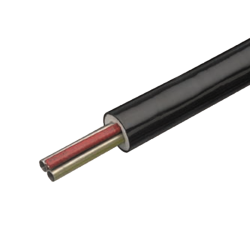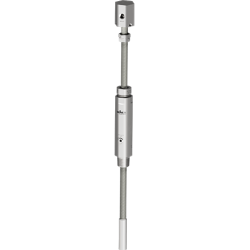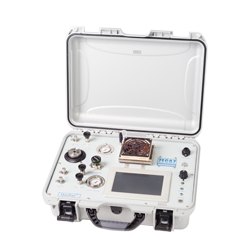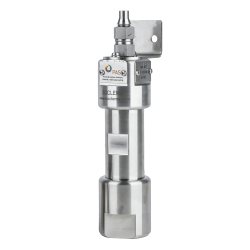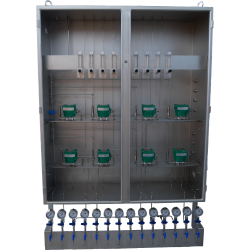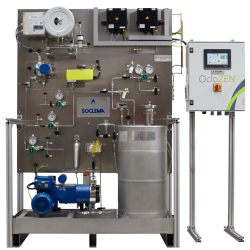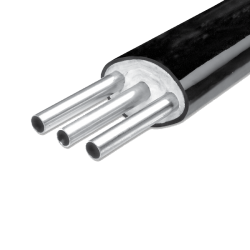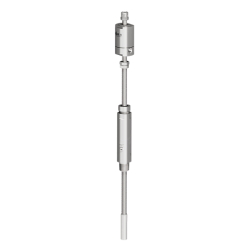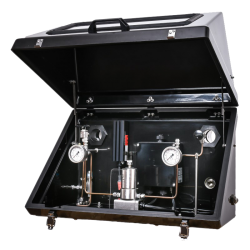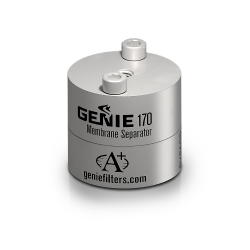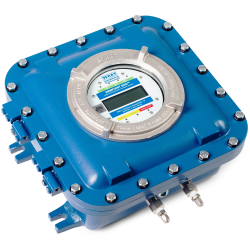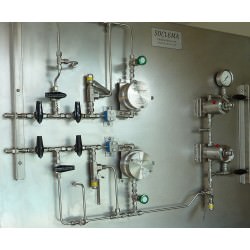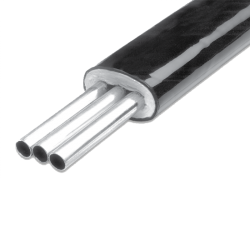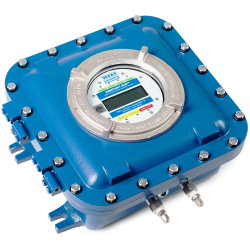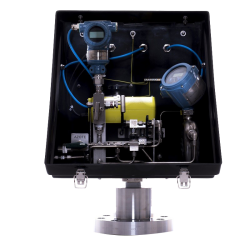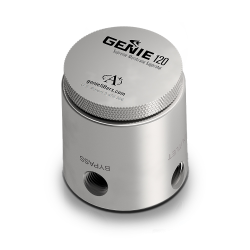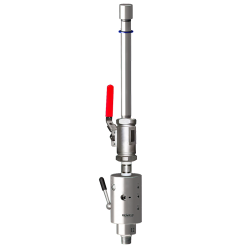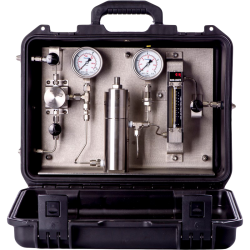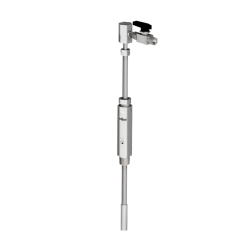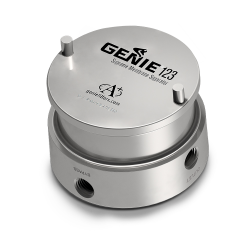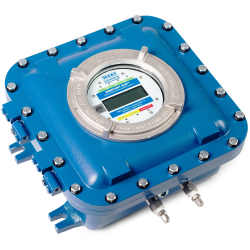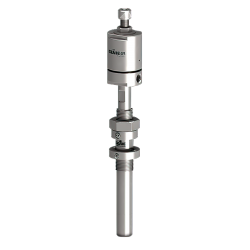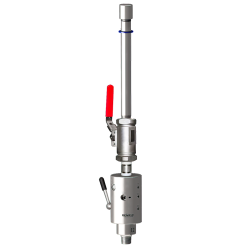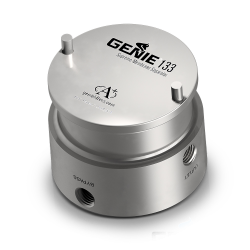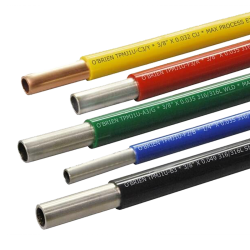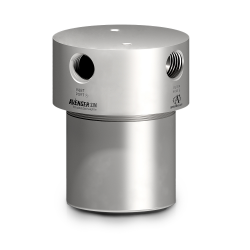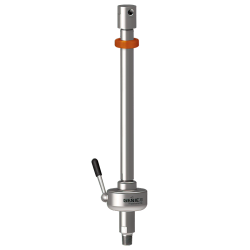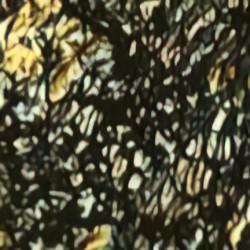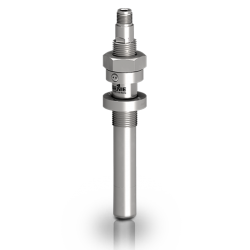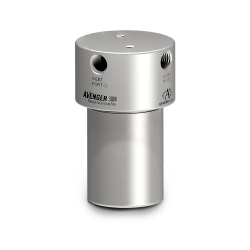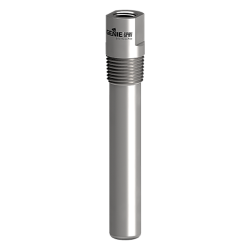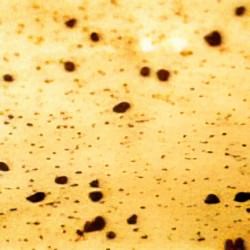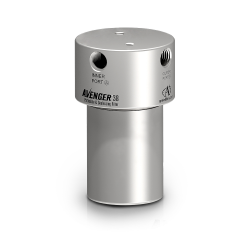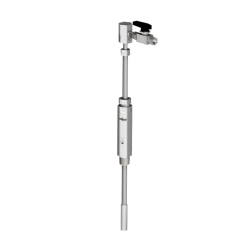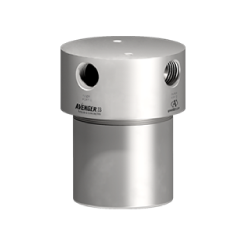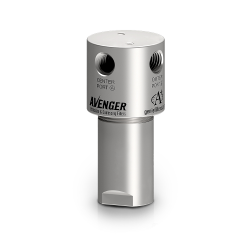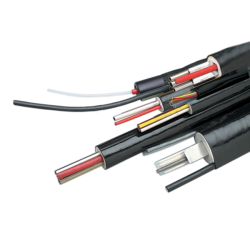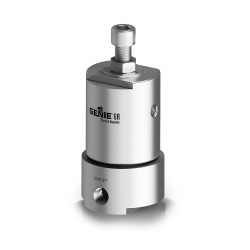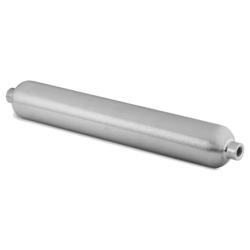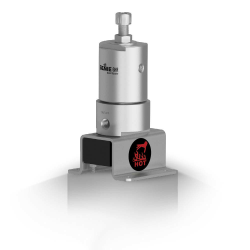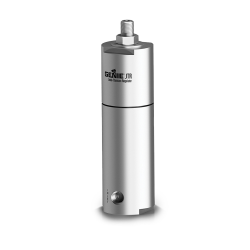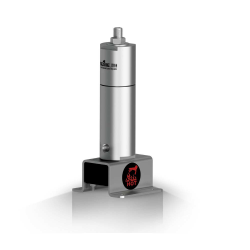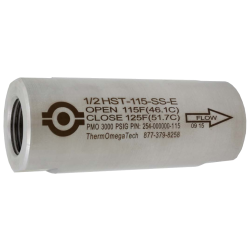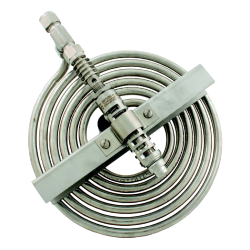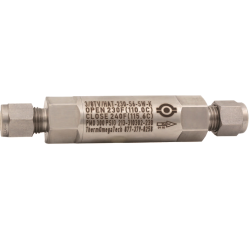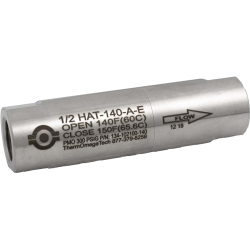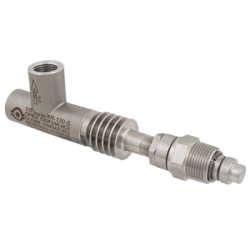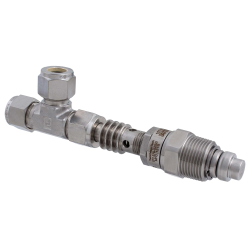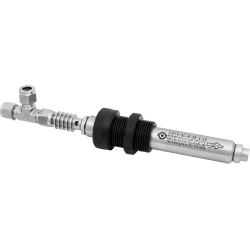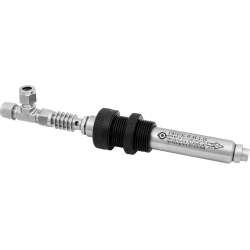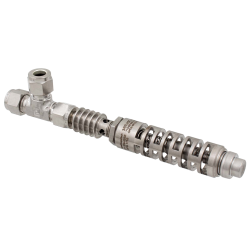Natural gas sampling
transmission, distribution and storage infrastructures
Gas infrastructure
SOCLEMA offers specific solutions for fossil gas sampling on gas transmission, distribution and storage infrastructures: conditioning and samplingsystems including sampling probes, traced tubing, filters and separators...
As a specialist in industrial sampling, SOCLEMA reminds you of the guidelines for natural gas sampling according to ISO 10715.
Find out moreNatural gas is a fossil fuel that is formed from the disintegration of organic matter buried beneath the earth's soil or seabed. Under the effect of pressure and heat, natural gas migrates towards porous rocks to form natural gas pockets. It is from these deposits that it is then extracted for exploitation.
Used as a raw material or fuel, and produced almost everywhere in the world, natural gas is transported by pipeline or LNG tanker in its liquefied form. Before being transported to the consumer, natural gas passes through storage sites, in depleted former gas or oil fields, aquifers or salt caverns. Storage is necessary to ensure that gas consumption and resources can be adjusted at all times, and to provide consumers with permanently available energy.
As a result of these diverse sources of supply, the composition of natural gas can vary significantly. These variations can be grouped together under the term "gas quality". For safety reasons, and for economic reasons linked to the transactional value of gas, this quality must be checked regularly, involving the taking and analysis of samples at many different stages of the process. These samples are taken according to many different process parameters, with the need always to ensure that any gas subsequently analyzed for this monitoring purpose is truly representative of the volume.
ISO 10715:2022 "Natural gas - Gas sampling" provides a means of ensuring that sampling systems and processes are designed, positioned, installed, operated and maintained so that the samples obtained are representative of the volume to which they are assigned.
Natural gas sampling is the process of acquiring a sample from a source of interest, conditioning the sample (if necessary) and transferring the sample to an analytical instrument. The objective of the sampling system is to ensure that the acquired sample is representative of the desired source gas and that, during the process of transferring the sample to the analytical instrument, the chemical and physical states remain unchanged.
Different sampling methods, direct or indirect, can be used. In direct sampling, the sample is taken from a gas stream and transferred directly to the analytical unit. For indirect sampling, the sample is stored in a sampling vessel before being transferred to the analytical unit.
Point sampling
Point sampling is a form of sampling carried out from a single location at a specific point in time, providing a sample of what was in the pipe when the technician extracted the sample. The sample is extracted using one or more spot sampling methods. Most samples are collected in a sampling cylinder.
Graduated sampling
Graduated sampling, or composite sampling, is a sampling method which is carried out over a specified period or batch quantity, and therefore produces a representative composite sample which captures a snapshot of variations in the sample stream over that period or batch quantity. A typical system has a sampling probe, sampling pump system, sample capture mechanism, timer mechanism, regulated power source or controller.
On-line direct sampling
A sample conditioning system should be placed as close as possible to the sampling point and, if possible, at the sampling point, downstream of the sampling probe to reduce the pressure associated with feeding the sample directly into the analyzer. This conditioning system should incorporate a heating mechanism to compensate for Joule-Thomson effects or avoid condensation phenomena, as well as means of regulation, filtration, phase separation and protection for gas chromatography. To achieve an appropriate design, all the information concerning the system's purpose and all the gas components must be available.
Gas sorption and surface treatment
Some natural gas constituents are extremely susceptible to gas sorption effects associated with materials normally assumed to be inert. Material surfaces can become active as a result of contaminant accumulation. It is therefore necessary to choose very carefully the materials and the surface condition of these materials that come into contact with the sample. Particular attention should be paid to sorption effects in sampling systems for the analysis of trace compounds. Sorption effects observed on certain materials can be modified and often reduced by surface treatment. Any clean, grease-free surface shows a lower adsorption capacity. Rough surfaces can form a core that favors adsorption and gas accumulation. Polishing techniques can also minimize the effects of adsorption and reduce the time required for conditioning, bringing sampling equipment into equilibrium.
Sampling materials
The selection of materials for sampling systems depends on the gas to be sampled. Due to the likely presence of small quantities of sulfur compounds, mercury, carbon dioxide, etc., in natural gas, all devices and connections should preferably be made of stainless steel or, for low-pressure gases, glass. Sampling moist, high-temperature gases, or gases containing hydrogen sulfide or carbon dioxide, presents additional material problems. This type of gas may require special materials and coatings for the sampling system.
Contamination
To avoid contamination, compounds must be carefully cleaned. Some contaminants are highly sorptive.
Sample condensation
All components of a sampling system must be kept at least 10°C above the dew point temperatures of possible gas mixtures. It is necessary to keep the temperature as constant as possible, as temperature fluctuations lead to different gas sorption effects. It may be necessary to use thermal insulation combined with heat tracing.
Flow disturbance
The most important thing is to avoid dead volumes in the sampling system, where mixing and stagnation occur.
Response time
System design must take into account the response time, which includes the internal volumes of the equipment. Response time should be kept to a minimum.
Sampling rods or probes
The probe must be designed to withstand the vibratory effects of flow.
For liquid-free lines with temperatures well above the dew point, any type of rod is suitable. For lines where temperatures are close to the dew point, a specific probe is required to avoid problems associated with condensation and liquids entrained in the gas flow. To avoid altering the composition of the gas, liquids must be separated at source temperature and pressure.
The most basic sampling tube is a straight sampling tube. The other type of sampling tube frequently used in the gas industry is the expansion sampling tube. It is frequently used with continuous analysis systems. Expansion takes place at the end of the rod, through which the gas flow passes. The temperature drop is compensated by the thermal mass of the gas flow. It is recommended to install the rod in the first third of the pipe. For pipes with a diameter of more than 30 cm, the rod must be installed at least 10 cm from the wall. The sampling tube must be fitted with a suitable valve system, enabling the sampling line to be disconnected from the process line. It can be permanent or temporary.
Tubes for sampling lines
Sampling lines should be as short as possible and with the smallest possible diameter, without excessively reducing flow. The flow rate in the lines must be chosen so as to have a reduced response time.
Filters, membranes and separators
Filters and membrane separators may be required to obtain a clean, dry sample. It is important to remember that these systems must not alter the representativeness of the sampled composition. In general, separators are not recommended in sampling systems, but they can be used to ensure that no liquid enters the analyzer or sample cylinder. The pressure and temperature of these devices must match the pressure and temperature of the source to avoid altering the composition of the sample during the sampling process.
Safety valves
Service valves should be included at the inlet and outlet of the system; shut-off valves should be of the ball valve type; needle valves are for flow control and regulation; relief valves should be installed to protect equipment and components. To minimize potential leakage points, the number of valves and fittings should be kept to a minimum. Elbows should be avoided; bent tubes are preferable. Valves with integral fittings are generally preferable.
Pressure regulators
In order to supply the analyzer with gas at the appropriate pressure, a pressure regulator is often required at the beginning or end of the line. Regulators are preferably made of stainless steel or PTFE. Due to the Thomson-Joule effect, the temperature drops by an average of 1°C every 2 bar, potentially creating condensation. It is usual to prevent this phenomenon by heating to compensate for the drop in temperature. The amount of heat required depends on gas composition, expansion, pressure and temperature, flow rate...
Heating devices
Heating elements can be installed on the sampling rod or lines. They must be of the self-limiting type and comply with the electrical standards of the areas where they are used.

